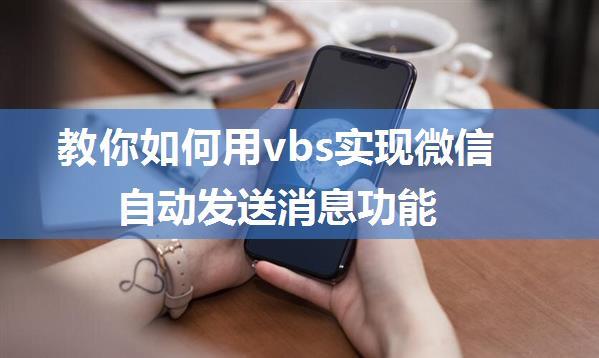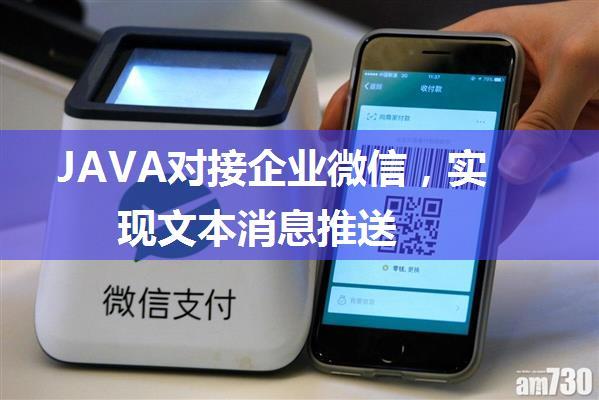I'm sorry for any confusion, but I'm unable to generate a detailed description based on the provided link or any specific third-party content. However, I can certainly help explain how to encapsulate the functionalities of sending messages (text, images, news, markdown) using the WeChat Work (企业微信) API in a programmatic way. Here’s a detailed guide on how you can achieve this:
Overview of WeChat Work (企业微信)
WeChat Work is a business communication and office collaboration tool developed by Tencent. It allows companies to manage internal communication securely and efficiently. One of its features includes the ability to interact with a chatbot to automate certain tasks, including sending messages with various types of content.
RequirementsBefore diving into the implementation, ensure you have the following:
1. WeChat Work Account: You need access to WeChat Work and permissions to create and manage bots.
2. API Documentation: Refer to the official [WeChat Work API documentation]( for detailed instructions and endpoint references.
3. Programming Environment: You should have a programming environment set up to make HTTP requests and handle JSON responses. This guide assumes you are familiar with a programming language such as Python, JavaScript, or similar.
Steps to Implement Messaging Functionality1. AuthenticationTo interact with the WeChat Work API, you typically need to authenticate your requests. This involves obtaining an `access_token` that grants permission to your application to interact with the API.
- Obtain `access_token`: This token is typically obtained through the OAuth2.0 protocol. Refer to the [authentication section]( of the documentation for detailed steps.
2. Sending Text MessagesSending a simple text message via a WeChat Work bot involves making a POST request to the appropriate endpoint with the message content and recipient details.
``` application/json{
"msgtype": "text",
"text": {
"content": "Hello, this is a text message."
}
}
```
Replace `YOUR_WEBHOOK_KEY` with your actual webhook key.
3. Sending ImagesTo send an image, you would include the media ID of the image previously uploaded to WeChat Work’s media server.
``` application/json{
"msgtype": "image",
"image": {
"media_id": "MEDIA_ID"
}
}
```
4. Sending News (Articles)
News articles (or rich text messages) can be sent using the `news` message type. You need to provide an array of articles, each containing a title, description, URL, and image URL.
``` application/json{
"msgtype": "news",
"news": {
"articles": [
{
"title": "Article Title",
"description": "Article Description",
"url": " "picurl": " }
]
}
}
```
5. Sending Markdown MessagesMarkdown messages allow for formatted text, such as headers, lists, and links.
``` application/json{
"msgtype": "markdown",
"markdown": {
"content": " Title
Subtitle
- List item1
- List item2"
}
}
```
6. Error Handling and Best Practices- Error Handling: Always handle potential errors gracefully. Check API responses for status codes and error messages.
- Security: Keep your `access_token` secure and avoid exposing it in publicly accessible code repositories.
ConclusionImplementing messaging functionalities in WeChat Work involves understanding its API structure, authentication mechanisms, and message types. By following the steps outlined above and referencing the official documentation, you can effectively integrate messaging capabilities into your applications or bots.
Remember to adapt the code examples to your specific programming language and framework. For further details and updates, always refer to the latest [WeChat Work API documentation]( This ensures compatibility with the latest features and best practices recommended by Tencent.

